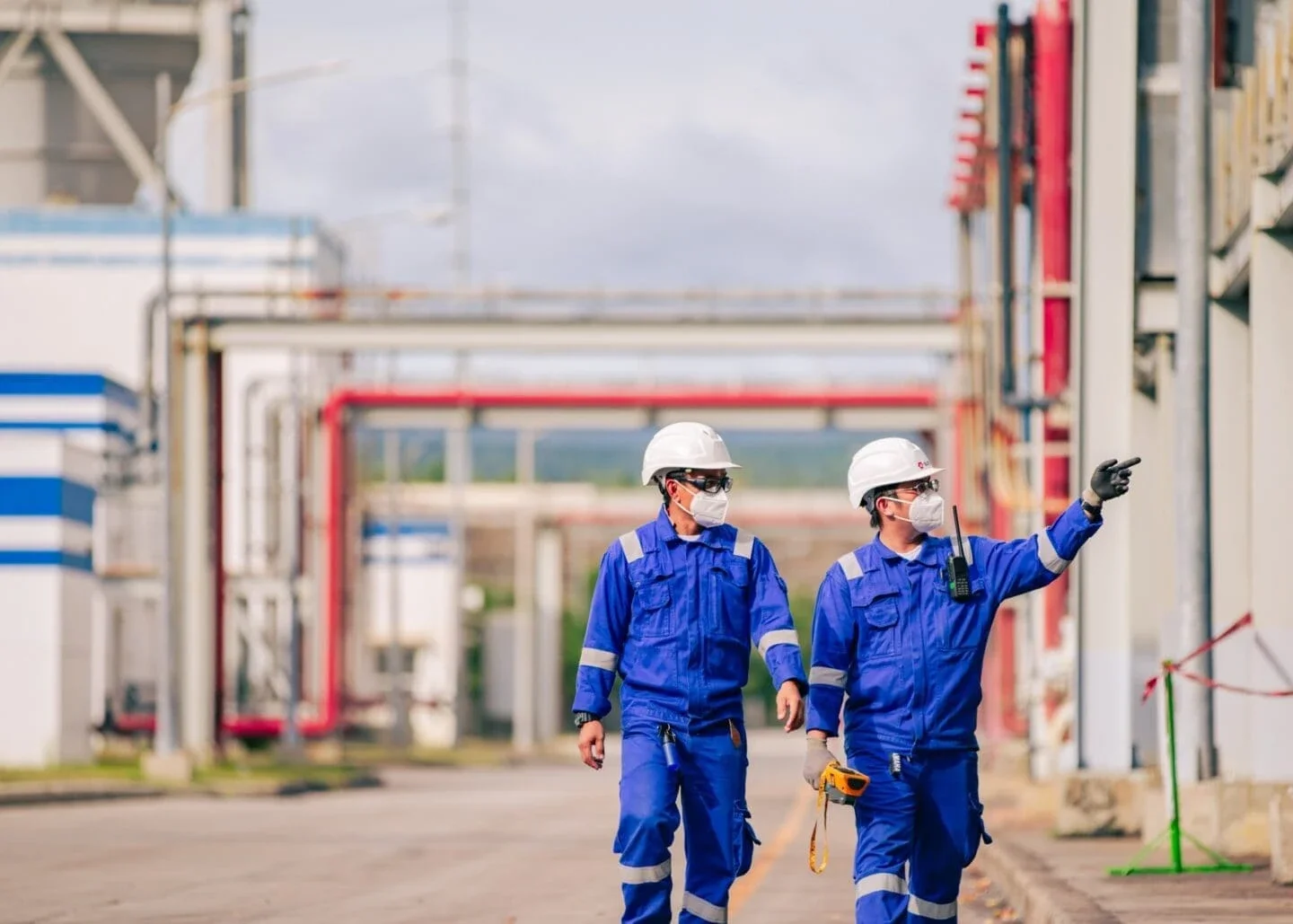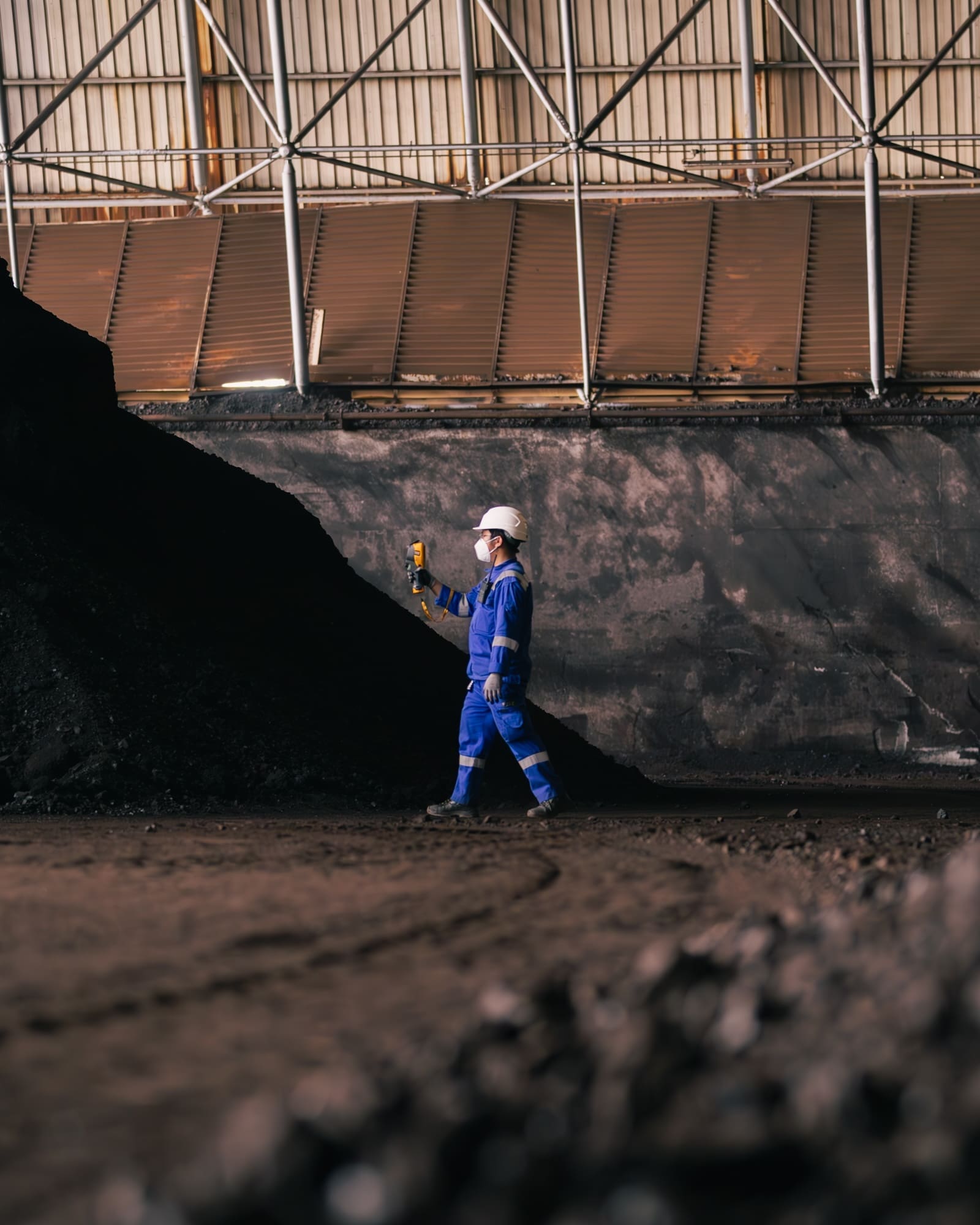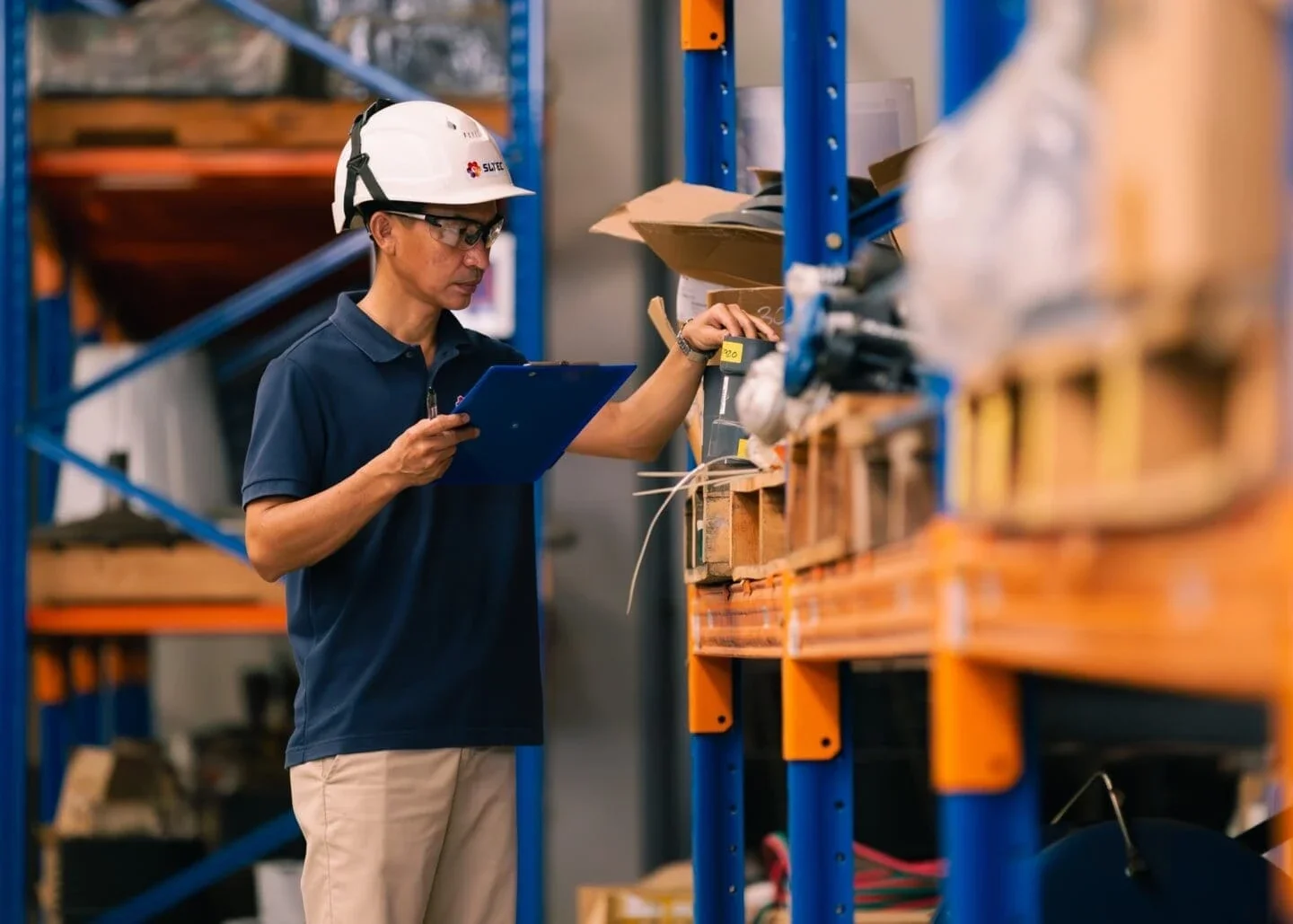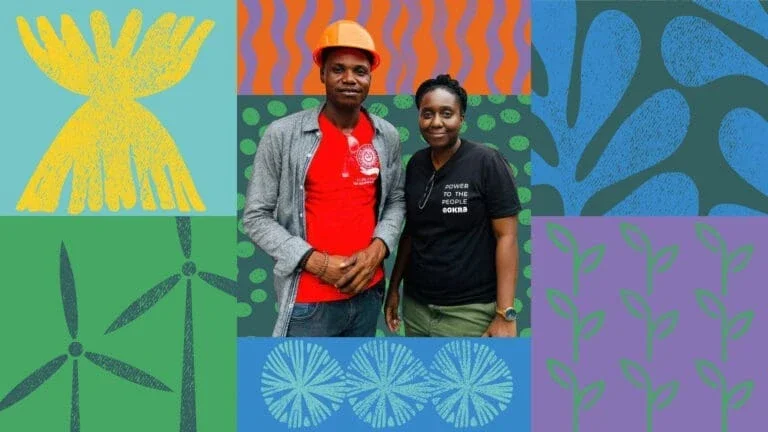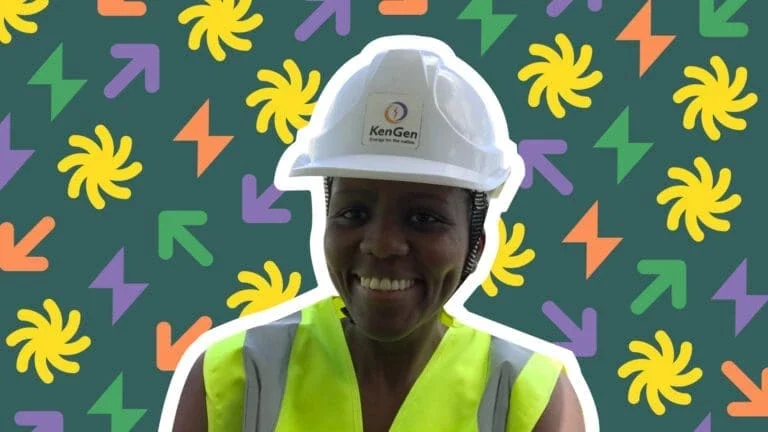A Hefty Price Tag
Maranan, Fernandez, and their team at ACEN set their eyes on the South Luzon Therman Energy Corp. (SLTEC) coal plant about 70 miles (115 kilometers) south of Manila.
ACEN sold SLTEC to investors in 2022 with a plan to retire the plant in 2040, halving its lifespan and cutting 50 million tons of carbon emissions. ACEN is to remain the operator and manager until the plant closes.
Now ACEN’s goal is to shut the plant a decade earlier, in 2030. That earlier decommissioning, however, will not come cheap.
The costs include supporting and retraining displaced workers, safely dismantling the plant, and investing in replacement cleaner energy sources, including costly battery storage. All of this comes at a price tag of almost $2 billion, much of which cannot be covered by traditional sources of private or even concessional capital.
The stark reality is there is no economically viable offramp from coal to clean for the SLTEC owners today — and it’s the same for most coal asset owners in the region.
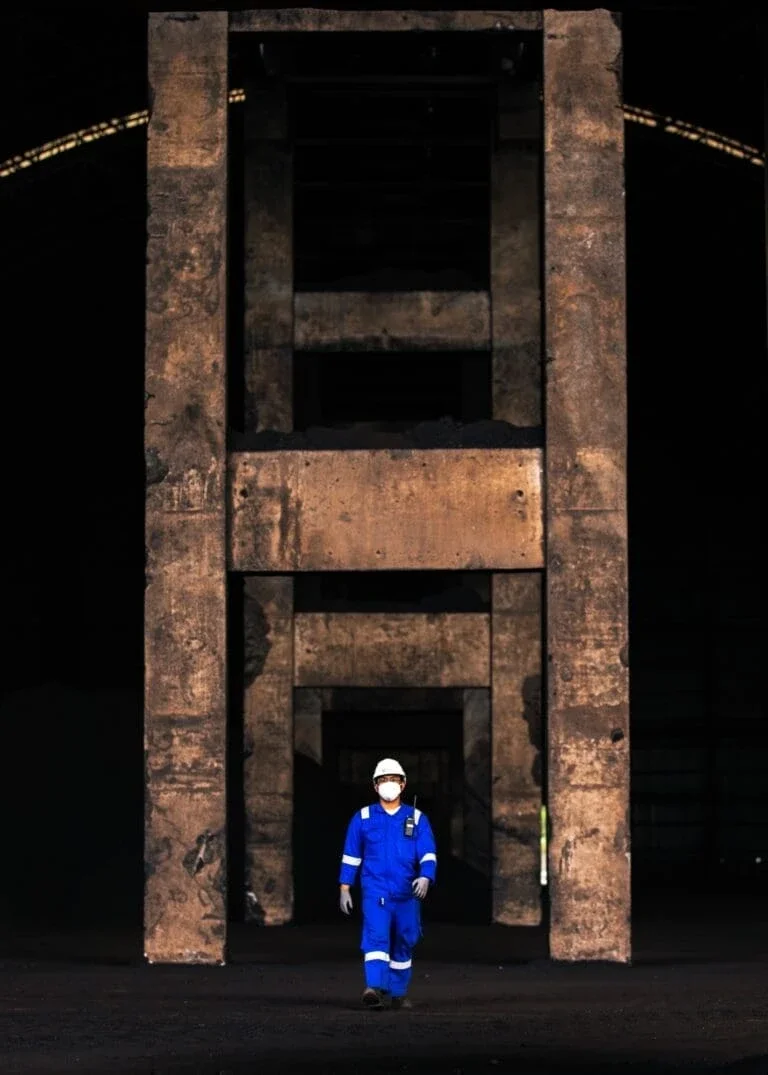
So ACEN, the energy arm of the Philippines conglomerate Ayala, joined forces with the Monetary Authority of Singapore and The Rockefeller Foundation to drive the creation of transition credits — a new financing tool that monetizes reduced carbon emissions.
These credits help plant owners retire coal assets early, transition to renewable energy, and support affected workers and communities.
This is part of The Rockefeller Foundation’s Coal to Clean Credits Initiative, which aims to accelerate the decommissioning and replacement of up to 50 coal asset owners by 2030, reducing 2 billion tons of emissions.
The goal is to set a powerful precedent for clean energy transitions globally.
By the Numbers
- 0MillionMillion
people live in the Philippines, an archipelagic nation in Southeast Asia consisting of 7,641 islands
- 0Coal-fired plantsCoal-fired plants
in the Philippines have an installed capacity of about 12,406 megawatts
- 0DegreesDegrees
per decade temperature hike has been recorded in the Philippines since 1961
A Second Initiative Drives Demand
Driving demand for carbon and transition credits was a major factor behind The Rockefeller Foundation’s collaboration with the U.S. State Department and the Bezos Earth Fund to launch the Energy Transition Accelerator (ETA). The initiative aims to unite government and private sector efforts to mobilize up to $207 billion in carbon credits by 2035.
“Accelerating the shift to zero carbon in the power sector is absolutely urgent,” said Dr. Nathaniel Keohane, the ETA’s Secretariat and president of the Center for Climate and Energy Solutions. “But it needs to be done in a way that follows a just transition and doesn’t shortchange growth.”
“In 2050, my daughter will be younger than I am now. So our kids are going to be experiencing a world really shaped by what we do. We need to harness capitalism to lower emissions rather than create them,” Keohane said. “And for that to work, the integrity of the carbon credits is crucial.”
The ETA aims to connect willing sellers and buyers employing high-integrity carbon crediting to support a faster energy transition. At Climate Week NYC in September, 19 major companies signed a letter of intent to continue engaging with the ETA as a way to catalyze finance for large-scale power sector transformations.
“We need to see advance market commitments which would give the assurance to countries that there is demand at the other end of the tunnel,” said Keohane. “The scale of the climate crisis is so big that you have to be audacious and swing for the fences.”
“The opportunity here is for companies to contribute to decarbonizing the grids that they and their suppliers are dependent upon for electricity,” said Curtin. “By bringing all these actors into synchronicity, we have the potential to do something truly groundbreaking and transformative.”
More in this Matter of Impact Edition
A New Generation Cultivates Tomorrow with Sustainable Farming
The food system today contributes 25 percent of all global greenhouse gas emissions. Mad Capital brings individually tailored financing to help farmers make the transition to regenerative practices.
Read MoreReforestation Spurs a New Economic Model
Mombak, a Brazilian startup, restores the Amazon to generate carbon credits, improve biodiversity, and create sustainable economic opportunities for local communities.
Read More